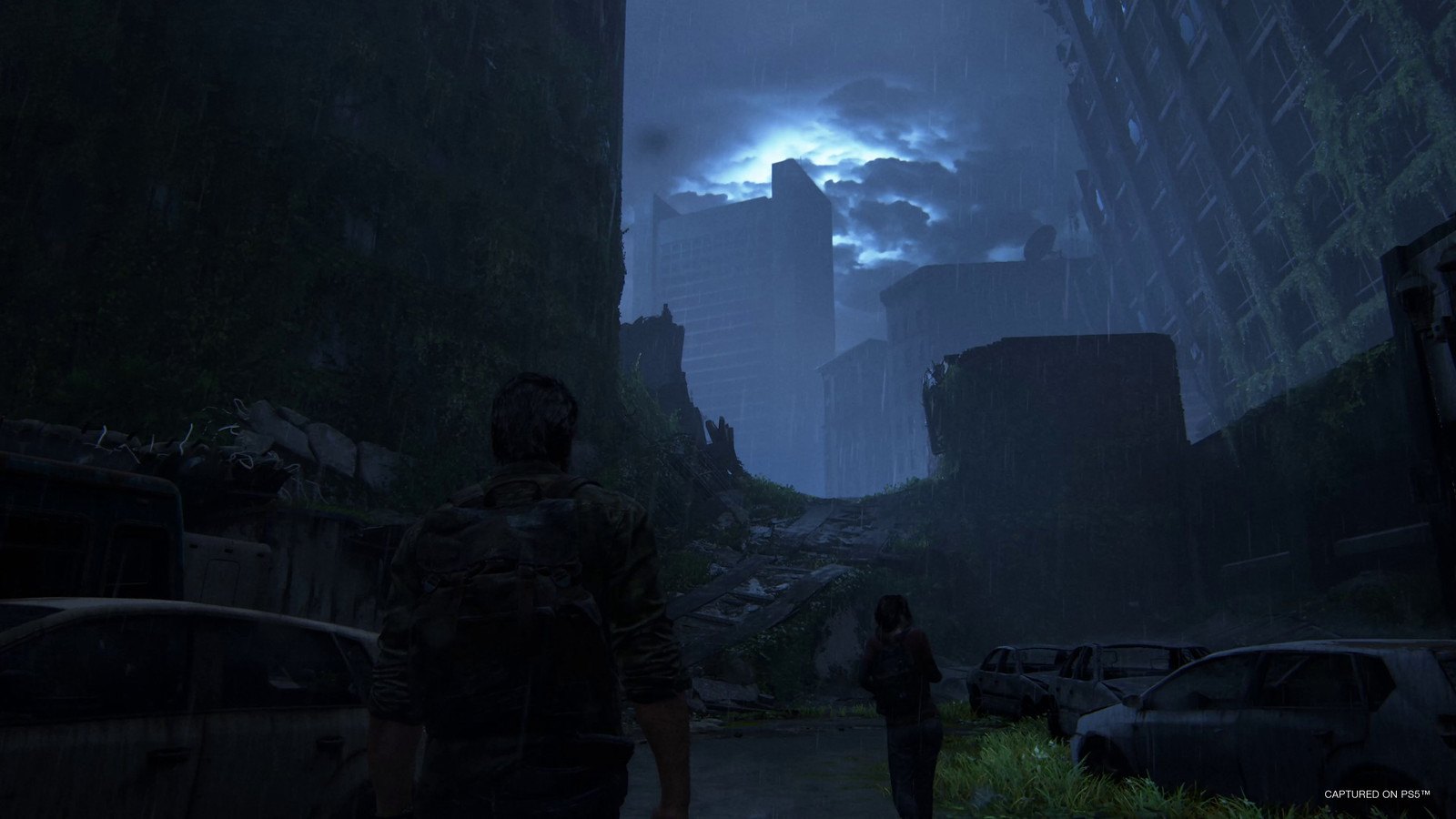How Naughty Dog aimed to improve a classic with The Last of Us Part I
improvement learnt over the course of their almost-40 year development career. With such massive expectations, from inside Naughty Dog and out, the team set out to do what they do best: exceed expectations.
The studio’s various teams detailed the changes you’ll experience in the game with an extensive development deep-dive, covering combat animation, lighting, audio, and more. But today, as the title launches worldwide, individuals from those teams reflect on how they chose to answer that question and what that meant for them personally as creators.
The guiding principle
“How do we take the most beloved game we’ve ever made and rebuild it?” This is the question Naughty Dog Creative Director and Writer Shaun Escayg and the team asked themselves. His personal philosophy became a major pillar for the developers from the beginning: “We build on it. We double down on areas we thought would heighten the experience or get deeper into the storytelling of it, taking all our abilities and skill and applying them faithfully to this rebuild. Just reimagine everything, heighten all the moments, and sell it even more to the player. That was the goal, our guiding light, and the challenge at the same time.”
This was the North Star Naughty Dog followed when rebuilding The Last of Us for a new generation of hardware. Each team involved in this rebuild had a tremendous task on its shoulders and took a different approach when answering that challenge.
Emphasizing emotion through lighting
For Art Director Erick Pangilinan and the visual departments, it meant a journey back to 2013 and thoroughly studying the original game.
“We tried to identify the most important scenes, storylines, and events in the game that we should focus on to make sure that it maximizes the impact on the game,” Pangilinan explains. “Prioritizing and figuring out how we can pace all of these important moments is the first thing to do, to analyze the original game better and better understand it. That’s when you start formulating how you can emphasize that. What are all the lessons we learned from doing The Last of Us Part II, and how can we apply that to something we did with ourselves ten years ago?”



Comments
Post a Comment